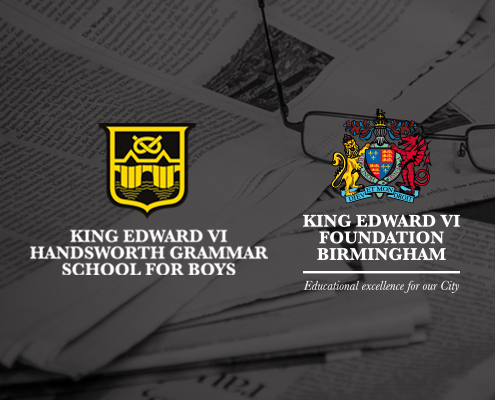On the 29th of June 2016 the Science Department arranged a visit for 30 pupils in Year 8 to attend the ‘Sunshine Lectures’ at Birmingham University. This was an educational visit that was both fun and enlightening. The University itself was very big and we did not have time to go and look at all of the separate sections of it. We attended 2 one hour lectures.
At about 11 am we took a coach to the University and we arrived without delay. Due to the unfortunate weather some of us got wet but nonetheless we made it on time for our first lecture. This was about ‘Bio-mechanics and Computer Science’. We explored the workings behind our everyday smart devices. We also had a chance to question how very little organisms in nature can actually do very complex things in their lifetime.
Uncovering the logic behind a device that can tell you where you are in the World and navigate you through many routes using consistent algorithms, we continued through lecture 1. Every pupil learnt how satellites are used for communication and how all of this network remains stable. The lecture was well-delivered with a chance of questions at the end. All of us ended up learning something new that had seemed quite complex at the start.
The second lecture was about the ‘Science of Hot & Cold’, with an introduction about the Physics Department at the University. There are many different subjects within Physics like quantum physics, nano-physics and so on. Many experiments using liquid nitrogen were carried out as the liquid form of nitrogen is very cold. We found out that extreme temperatures can change material properties which can be useful to scientists. This is how super-conductors like yttrium barium copper oxide were discovered. These materials are very useful as they allow charges to flow very easily, hence the name ‘super conductor’. We volunteered to answer many questions. All of us were also offered the chance to feel some liquid nitrogen on our hands. We finished off the lecture with a bubble experiment where liquid nitrogen was added into a dilute washing up liquid. The bubbles were extreme and poured out of the container.
After the lectures we headed back to school. We arrived before the bell and finished off this great trip. The very next day we studied the terms heat and temperature as part of our classwork. For people that went on the trip this lesson was indeed easy! I would like to thank the Science Department and, in particular, Mr. Hussain for arranging this exciting day out and helping us to broaden our knowledge.
Jasbinderbir Singh, 8 Galahad








